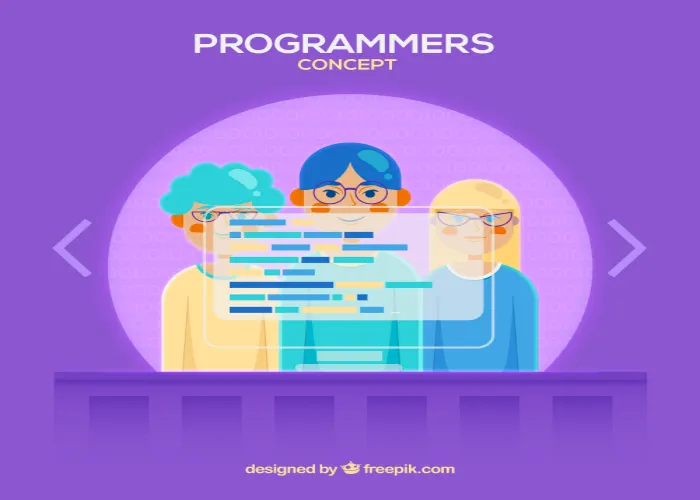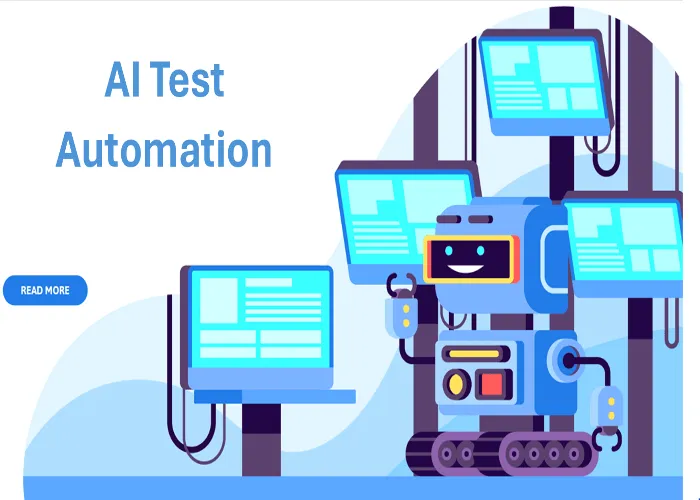The Best AI-Powered QA Testing Tools in 2025

🚀 Introduction
In modern software development, speed and reliability are everything. Manual testing can’t keep up with rapid release cycles, which is why QA teams are increasingly turning to AI-powered automation testing tools. These tools bring intelligence into the testing process, helping teams reduce maintenance, uncover hidden defects, and integrate seamlessly with DevOps workflows.
🤖 Why Use AI-Powered Testing Tools?
AI-driven QA tools provide unique benefits such as:
| ⚡ | Generate test cases automatically from user flows or natural language |
| 🛠️ | Self-heal tests when UI changes break locators or selectors |
| 📊 | Expand coverage by identifying gaps, edge cases, and hidden bugs |
| 🔄 | Seamless CI/CD integration for continuous quality checks |
🏆 Top AI-Powered QA Testing Tools in 2025
1. Selenium IDE + Self-Healing Extensions
Selenium remains a cornerstone of automation testing. With AI-powered extensions, it now offers self-healing tests and smart locator management.
| 🌐 | Best for web application testing |
| 🛠️ | AI-based locator healing reduces flaky tests |
| 📦 | Wide ecosystem of plugins and community support |
| 🔗 | Integrates with CI/CD pipelines easily |
Pros ✅
- Large community support
- Extensive plugin ecosystem
- Open-source and highly customizable
Cons ❌
- Steep learning curve for beginners
- Test creation can be time-intensive without add-ons
2. Appium with AI Test Optimization
Appium is the go-to tool for mobile QA. Recent AI enhancements boost test stability and reduce maintenance.
| 📱 | Supports Android and iOS testing |
| 🤖 | AI-based element detection improves resilience |
| 🚀 | Automated test generation from user interactions |
| 🔄 | Integrates with cloud device farms and CI/CD tools |
Pros ✅
- Cross-platform (iOS + Android)
- Supports multiple programming languages
- AI reduces flakiness in mobile tests
Cons ❌
- Slower execution compared to some tools
- Complex setup for new testers
3. Testim
Testim leverages AI to accelerate test creation and adapt tests to UI changes automatically.
| ⚡ | Fast test authoring with AI-powered recorder |
| 🛠️ | Self-healing locators reduce script maintenance |
| 📊 | Detailed analytics for better coverage |
| 🔗 | CI/CD and Git integration for collaborative workflows |
Pros ✅
- Very fast to create tests
- Self-healing reduces maintenance
- Collaborative features for teams
Cons ❌
- Paid plans required for advanced features
- Smaller community compared to Selenium/Appium
4. Mabl
Mabl is a cloud-native AI testing platform focusing on end-to-end tests and visual testing.
| ☁️ | Cloud-based execution for scalability |
| 👁️ | Visual testing to catch UI regressions |
| 📊 | AI insights for coverage and performance |
| 🔄 | Integrates with Jira, GitHub, Jenkins, and more |
Pros ✅
- Cloud-native and scalable
- Strong visual regression testing
- Easy integration with DevOps pipelines
Cons ❌
- Commercial product (limited free tier)
- Less flexibility for code-heavy testing needs
5. ACCELQ
ACCELQ is a codeless, AI-powered automation platform that supports web, mobile, API, and desktop testing.
| 🖥️ | Supports multi-channel applications |
| 🤖 | AI-driven test design and maintenance |
| ⚡ | Codeless automation accelerates test creation |
| 🔗 | Native DevOps and CI/CD integration |
Pros ✅
- Codeless, accessible for non-technical testers
- AI reduces test maintenance effort
- Supports wide tech stack (web, mobile, API, desktop)
Cons ❌
- Limited flexibility for advanced coders
- Mostly enterprise-focused (pricing may not suit small teams)
6. Katalon Studio
Katalon Studio combines traditional automation with AI features such as self-healing tests and smart test generation.
| 🛠️ | Cross-platform support (web, API, mobile, desktop) |
| 🤖 | AI-powered self-healing locators |
| 📊 | Comprehensive reporting and analytics |
| 🔄 | Seamless CI/CD and cloud integrations |
Pros ✅
- All-in-one platform (web, mobile, API, desktop)
- Good balance of scripting + codeless options
- AI reduces flaky test issues
Cons ❌
- Some advanced features require paid license
- Can be resource-heavy for large suites
7. ReportPortal
ReportPortal is an AI-powered test reporting and analysis tool that helps QA teams gain real-time insights.
| 📈 | Real-time reporting dashboard |
| 🤖 | AI-driven log analysis reduces triage time |
| 🔍 | Identifies flaky tests and trends |
| 🔗 | Works with Selenium, Appium, JUnit, TestNG, etc. |
Pros ✅
- Strong AI-powered reporting and triage
- Open-source and community-driven
- Works with multiple testing frameworks
Cons ❌
- Reporting-focused (not a full automation suite)
- Requires integration with existing tools
📊 Comparison of AI Testing Tools
To help you quickly evaluate your AI-powered QA testing tool options and choose one that is best for your team, here’s a side-by-side comparison of the top AI testing tools. It highlights their main strengths and best use cases.
| Tool | Best For | Key AI Features |
|---|---|---|
| TestDriver.ai | Web, desktop, mobile | Selectorless AI automation, NLP test authoring, visual debugging |
| CodeceptJS + AI | Web testing | AI self-healing, test generation, multi-engine support |
| Stagehand | Web UI (Playwright) | AI-assisted authoring, self-healing selectors |
| testRigor | Web, mobile, API | Natural language test creation, reusable steps |
| ACCELQ | Enterprise QA | Codeless AI automation, end-to-end coverage |
| Alumnium | Selenium users | AI-powered locator healing, test analytics |
🎯 Which Tool Should You Pick?
With many AI-powered QA testing tools out there, the right choice depends on your team’s goals, workflows, and experience with automation.
| 🖥️ | For multi-platform testing (web + mobile + desktop): TestDriver.ai |
| 🌍 | For open-source flexibility: CodeceptJS + AI Helpers |
| 🎭 | For teams already using Playwright: Stagehand |
| 🗣️ | For no-code, plain English testing: testRigor |
| 🏢 | For enterprise-grade coverage and DevOps integration: ACCELQ Autopilot |
| ⚙️ | For teams invested in Selenium: Alumnium |
✅ Final Thoughts
AI-powered QA testing tools are transforming software testing. Instead of wasting time fixing brittle scripts, QA teams can now:
- Write tests in plain English or natural prompts
- Rely on AI self-healing to maintain tests
- Scale testing across web, mobile, API, and desktop apps
The future of QA is faster, smarter, and more resilient testing, and these tools are leading the way in 2025.






🗨️ Reader Comments